It’s all about the best content calendars, tools, and resources for your business. That’s what you need to create your content plan, especially if you’re part of the 42% of companies embarking on the early stages of content marketing planning and creation.
Analysts predict that 2023 will be a banner year for content marketing. About 97% of businesses already use content marketing in their overall marketing strategy and at least 90% plan to invest in these efforts in the new year. Current trends point to a renewed focus among brands to bring human connection to the digital experience.
But how do you get there from here? No need to feel overburdened by too much information about how to produce stellar content. What you need is a simple, easy-to-follow, actionable framework for your content plan that you can start using now – and get results. We’re here to help.
What Is a Content Plan?
A content plan documents the best content calendars, tools, resources, guidelines, and processes you use to execute your content marketing strategy.
It should be flexible enough to adapt to:
-
Your company’s shifting business priorities.
-
Emerging trends in content tools and technology.
-
The preferences and customer journey stages of your target audience.
-
How you’re doing with the long-term success of your content.
-
Other changes over time.
Your content plan should help you create better content faster.
Structuring for Your First Content Plan
These information-packed tips will help you create a flexible framework for your content plan. Get ready for great results!
-
Make sure your keyword research is effective.
Good keyword research helps you determine how your keywords will fit into various content topics naturally. You can use keyword research tools or the popular auto-suggested searches by Google, YouTube, Amazon, and other websites that use autocomplete. Mine long-tail keyword ideas from “Searches related to X” at the bottom of search engine results pages (SERPS).
-
Find popular topics to cover with a unique spin.
Research relevant content topics for your brand that you can cover in your own way. Chances are, the topics you find will show up in another company’s content stream, but that’s okay. Your mission is to give it a unique perspective by including information that the other guys don’t cover. Choose topics that you’re an expert in. Conduct in-depth research on a topic to reveal new information about it. If you come across a topic no one has covered before, great! Make it your own with a unique perspective.
-
Define editorial quality for your content.
According to HubSpot, 83% of marketers say it’s better to focus on quality rather than quantity of content, even if it means publishing less often. One standard marketers like to use for editorial quality is how the content provides value to an audience, i.e., Value = Quality.
A great tool to help with this is the Must-Have Checklist for Creating Valuable Content. Using this checklist, you can define valuable content based on five different benchmarks:
-
Is your content Findable – How easily can your audience find and consume your content?
-
Is your content Readable – Will your audience be able to see or hear it well enough to consume it?
-
Is your content Understandable – Is your content written or presented in a way that your audience will understand its meaning?
-
Is your content Actionable – Will your audience want to take action after consuming it?
-
Is your content Shareable – Will your audience want to recommend it to others?
-
Set guidelines for your content creation process.
Focusing your guidelines on editorial quality standards, preferred practices, and guiding principles helps your content makers with easy decision-making and differentiates your company’s “content experience” for your audience. What’s a content experience? It’s the environment and structure of where your content lives and how the entire package helps prospects and customers engage with your company throughout the buyer's journey.
-
Define your content voice, tone, and style.
Your voice, tone, and style make your content recognizable as yours alone. If you adhere to these defined qualities and characteristics, your content will distinguish from everyone else’s.
-
Develop your process for content assets.
This involves:
-
Defining content creation tasks.
-
Figuring out how each content asset gets routed through a workflow, i.e., the way your content is created.
-
Determining team structure and roles, and how everyone will communicate about content projects and their status.
-
Choosing the technology and tools to do the work - calendars, workflow maps, and process checklists but also desktop-publishing programs, content management systems (CMSs), marketing automation solutions like HubSpot, and more.
Once you have the process in place, you’re ready to start creating great content.
11outof11 Knows Content Planning
If you need help building a brand new content plan for your organization or refining the one you have, connect with 11outof11. Request a complimentary call with an 11outof11 expert. Contact us to learn more.







.png)






